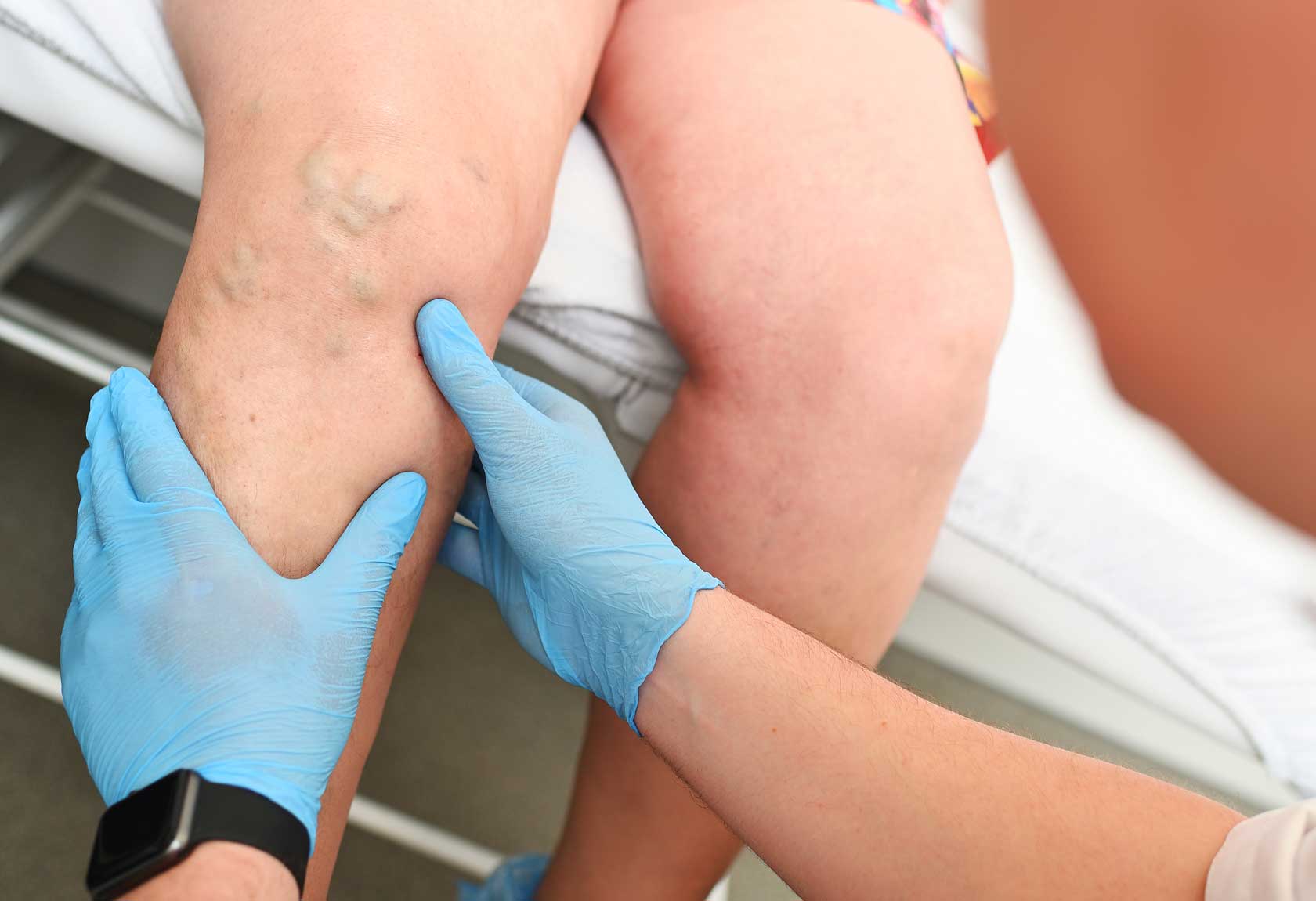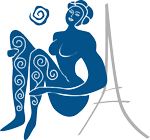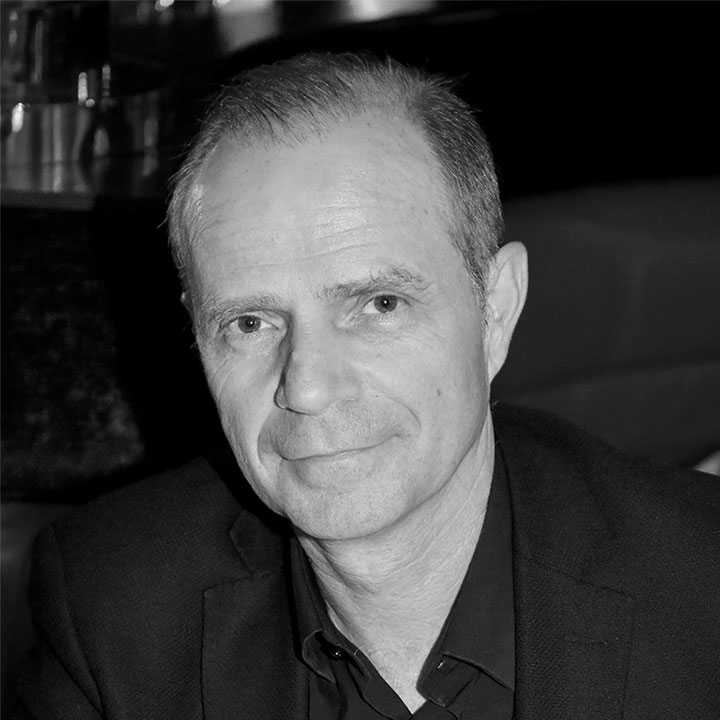Vascular Surgeon
Expert in the treatment of varicose veins
Questions and answers on the ASVAL method

How is the ASVAL method different from other existing methods?
The fundamental difference is that it preserves the saphenous vein, unlike the vast majority of techniques offered to patients today, which are based on destroying the saphenous vein.
However, it has been proven for almost 20 years, thanks to the work of Dr. Pittaluga's team and others, that removing only the diseased branches very often enables the saphenous vein to regain efficient function.
What are the benefits of using the ASVAL method?
The benefits are all linked to what we call mini-invasiveness, i.e. less aggressive treatment of the venous network, since we preserve the saphenous vein, which is the main vein, by treating only the diseased branches.
The post-operative period is less aggressive, too, since the procedure is performed using a very meticulous technique, resulting in little or no bruising. There's no need to wear compression stockings, and you can resume your daily activities almost immediately.
Lastly, from an aesthetic point of view, the micro-incisions made enable us to achieve a rapid and highly satisfactory cosmetic result.
Why is it essential to try to preserve the saphenous vein?
This is indeed a very important question: we must try to preserve this saphenous vein as much as possible when it can heal, for 2 essential reasons:
- First of all, this is the main drainage vein, into which all the smaller branches drain. And when you remove it, the blood will drain into the network of remaining branches, with the risk of straining these branches, which are themselves the most fragile, leading to new, sometimes even more extensive varicose veins.
- And the 2nd reason for preserving the saphenous vein is that it is used to bypass arteries in the heart or legs.
Our team realized, when adopting modern endovenous techniques as soon as they appeared, that the saphenous vein was probably not responsible for the development of varicose veins, since removing the vein did not prevent varicose veins from returning - on the contrary, sometimes even more so.
Our team realized, when adopting modern endovenous techniques as soon as they appeared, that the saphenous vein was probably not responsible for the development of varicose veins, since removing the vein did not prevent varicose veins from returning - on the contrary, sometimes even more so. Over 15 years ago, Dr. Pittaluga's team began work on a new treatment approach that preserves the saphenous vein, with the benefits just described.
Can Doctor Pittaluga and his team be considered the specialists in varicose veins? And that their method is unstoppable? How many patients have they treated?
It's safe to say that Dr. Pittaluga and his team developed this method 20 years ago, and have dedicated themselves entirely to it ever since.
Over the past 20 years, the team has performed more than 10,000 procedures, with many scientific publications that have led to the ASVAL method being recognized by all the scientific societies on 5 continents, through what are known as "guidelines", which set the benchmark for treatments.
These guidelines cite ASVAL as a reliable method for treating varicose veins in the right indications.
It would be wrong to say that this method is unstoppable, because venous fragility is hereditary, present from birth in patients with varicose veins, which exposes them to a recurrence of varicose veins, as after all the treatments proposed today.
But ASVAL has the very important advantage over other techniques of being much more personalized for each patient, with a treatment adapted to each particular case +++.
The ASVAL method really does seem to have its advantages, but why do so few practitioners use it?
This is indeed quite astonishing.
Dr. Pittaluga and his team are not the owners of the ASVAL method. They developed it, described it and reported it in scientific articles at international level, but all surgeons can use it worldwide. Our team has no claim to royalties on its practice.
In reality, few practitioners (particularly in France) offer the ASVAL method.
There are two main reasons for this situation:
- • The practice of ASVAL requires specific training not only to determine which patients can benefit from it, but also for its practical implementation, which calls for meticulous technique. However, there is very little training available for surgeons to perform it.
- ASVAL is not specifically reimbursed by social security, which does not encourage surgeons to take part.
This helps explain why, despite its many advantages, it is unfortunately still rarely offered in France today.
Do other methods, even modern ones, preserve the famous saphenous vein?
Actually, no!
It should be noted that the vast majority of methods used today are based on the destruction of the saphenous vein:
- Either with the traditional stripping technique, which is a fairly aggressive surgical extraction,
- Or even with modern endovenous techniques, which use laser, radiofrequency, glue or foam sclerosis to destroy the saphenous vein.
In fact, all these methods are based on the principle that the saphenous vein is the source of varicose veins on the branches, whereas it has now been demonstrated that the opposite is true in the vast majority of cases.




